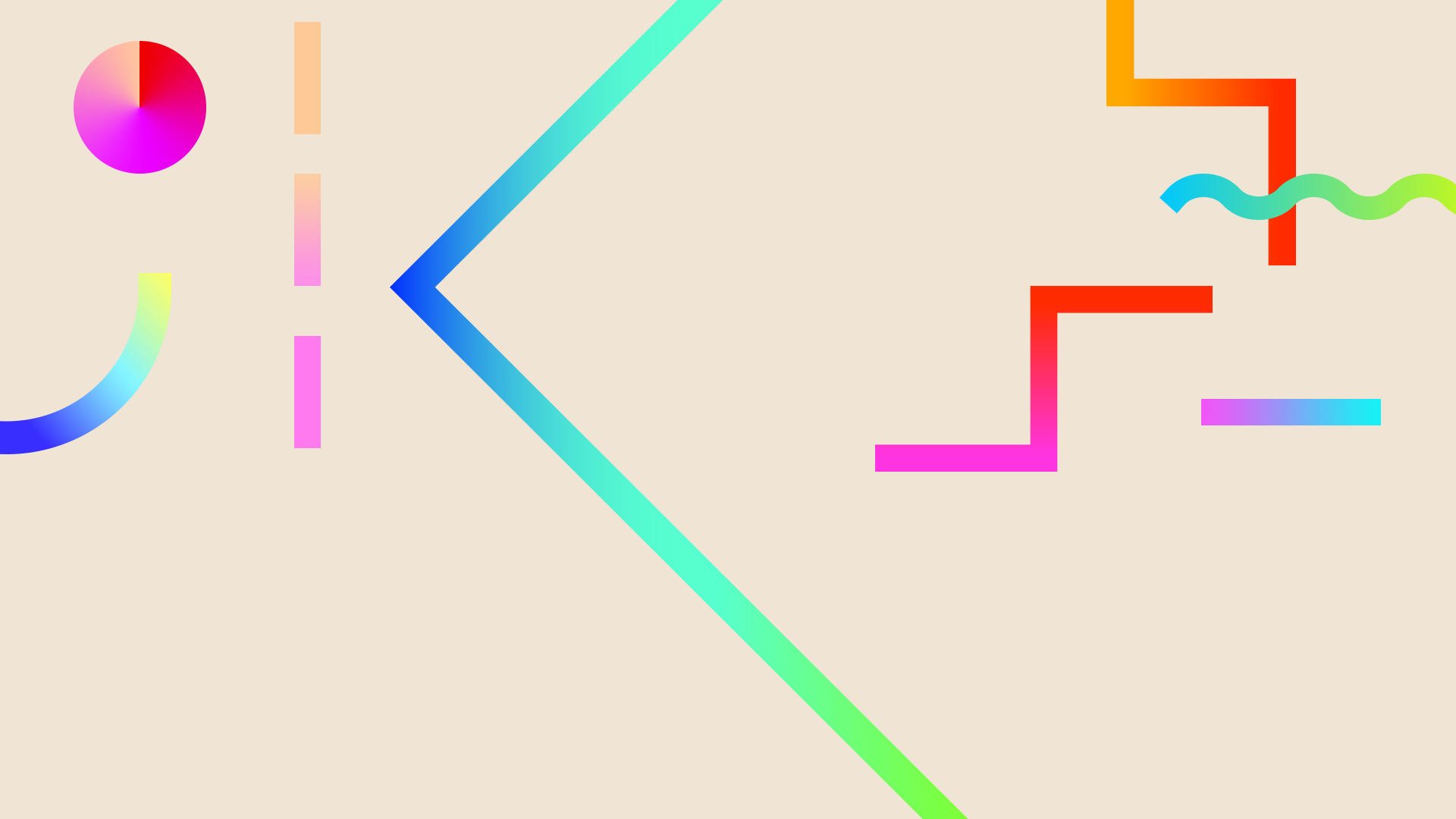
Interdisciplinarity
- Gold Level Experience -
I was fortunate to participate in a 10-week undergraduate research experience in the Environmental Science and Engineering Department at Clemson University under Dr. Lindsay Shuller-Nickles during the summer of 2017. I studied the implications of morphology on coffinite (USiO4) surface energies, with the knowledge that the characterization of the properties of coffinite would enable scientists to better model the long-term stability of used nuclear fuel in a geologic repository.

The construction of Wulff structures, through the use of surface energies, was the ultimate goal of the research. Lower surface energies for each spin configuration and termination were found to identify the most stable structure. In the end, several varying octahedral shaped Wulff structures of USiO4 were yielded. A profound takeaway was that both the spin and atomic configuration near the coffinite surface impact the surface energy, and thus, the equilibrium surface morphology.

Coffinite is an abundant U(IV) mineral found in both sandstone, hydrothermal deposits and forms of residue during the alteration of Uranium (UO2) in silica rich reducing environments. Coffinite readily forms in natural systems, however, laboratory synthesis has proved challenging. To help increase the efficiency of the lab work involved with coffinite, computational modeling will be used to find the most stable structure of coffinite at a molecular level.
.jpg)
This experience was interdisciplinary in the fact that I had to learn/apply organic chemistry concepts in an environmental engineering context. It has relevance to my grand challenge because of its focus on energy production for society, a major component of infrastructure.

Program Wide Learning objective met: Persistence
I believe that my research experience contributed to persistence. There were numerous times over the summer when I would not make much progress with my work. I did a lot of computational modeling that involved submission of scripts, and many times my scripts would fail. I would seek help from my mentor, my grad assistant, and campus tech resources to find solutions. When trials would bring back unviable results I had to try new things. Persistence was key to ultimate success.
Interdisciplinarity Core Learning Objectives
Identify the different disciplines that contribute to the solution of a complex problem
For a complex problem like restoring and improving infrastructure several specialists are involved to complete one task. Engineers and scientists are necessary for the development of new technologies, public servants are necessary for allowing change to occur, and the workforce is needed to put new infrastructure in place.
Describe and apply strategies for creating common ground between different
disciplinary perspectives
Having forums where specialists give presentations on the basics of their work to large amounts of people enables more to understand their work. The more knowledgeable or informed people are in several fields the greater the presence of common ground. A general education of sorts can be given to everyone where the important issues of each field are noted/explained.
Describe and apply bridging strategies that facilitate the conscious integration of
different disciplines
One way to facilitate integration of different disciplines is to look for things that all people care for or strive to help improve. In each of these areas it is important for everyone to be involved and have a say in how progress can be made collaboratively.
This experience taught me that I could learn and apply information I was not very familiar with in a short amount of time if I put in the work. At the beginning of my time at Clemson, I had to learn several organic chemistry concepts quickly and it was overwhelming at times. Over time, however, I was able to more holistically understand what I was doing. This discovery helped me as I progressed through future classes and research opportunities.
